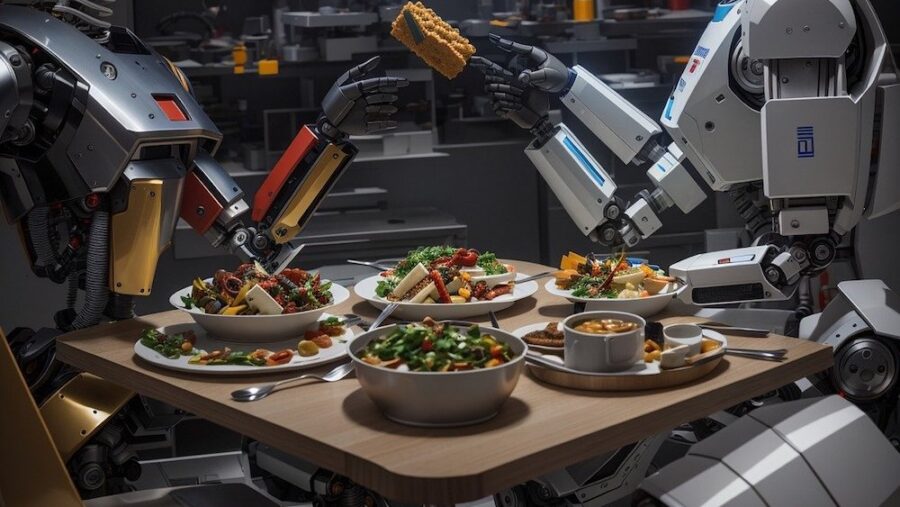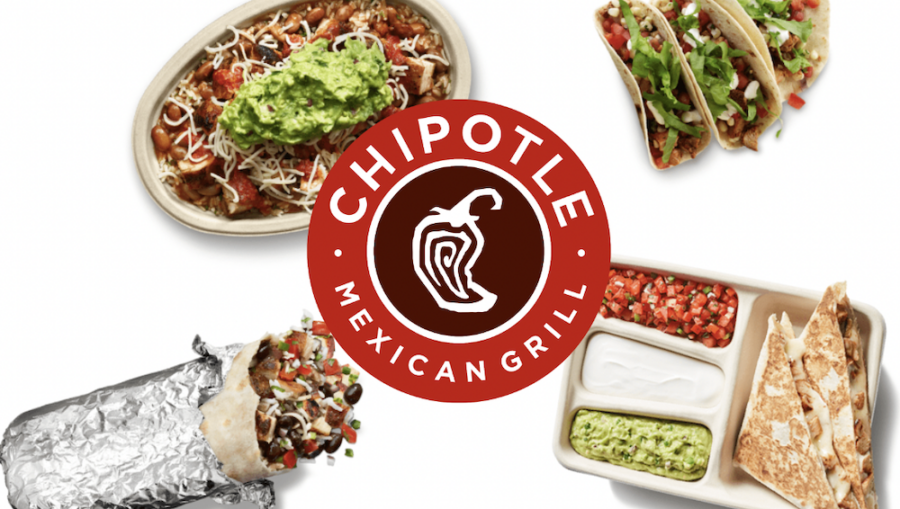Robots Are Now Making Your Fast Food

The march of automation in the food industry is on the rise. CNBC recently reported that Chipotle Mexican Grill is delving into the realm of robotics, experimenting with machines to prepare its renowned salads and burrito bowls. This isn’t the brand’s maiden foray into the domain.
Last year, Chipotle’s California outlet introduced the world to Chippy, a robot specialized in crafting their crispy tortilla chips. Following a commendable trial run, Chippy found a permanent spot in the kitchen.
Chipotle Mexican Grill is delving into the realm of robotics, experimenting with machines to prepare its renowned salads and burrito bowls.
It’s a manifestation of a broader trend – deploying robots to offset rising labor expenses in a sector where many earn less than the stipulated minimum and bank on tips for sustenance.

Several industry giants, including Starbucks and Sweetgreen, have been exploring the robot-assisted path in recent times. The underlying motive? A mix of achieving uniformity in order execution and expediting the service.
But, the financial aspects can’t be overlooked. The steep upfront expenses, spanning mechanical infrastructure and AI software, mean the breakeven might be a distant dream for some.
Interestingly, Chipotle’s statistics reveal that a significant chunk – two-thirds – of their online orders are either salads or burrito bowls.
The bullish stance on automation is evident, with various players in the sector, including Sweetgreen’s CEO Jonathan Neman, forecasting a robot-led future. Neman envisions Sweetgreen’s entire operation automated in the half-decade succeeding their premier automated outlet launch last May.
Chipotle’s Robot Fast Food
The pioneering efforts at Chipotle are in collaboration with Hyphen, a nascent player championing the automation of culinary processes in eateries. Previously recognized as Ono Food, the startup caught Chipotle’s attention, resulting in an undisclosed investment. Current market evaluations, as per Pitchbook data, peg Hyphen’s worth at a staggering $104 million.
When you think Chipotle, the image of the iconic assembly line churning out personalized orders springs to mind. With these robots in place, they will cater exclusively to the online clientele, leaving the in-person orders untouched.
The robotic mechanism simplifies the bowl assembly process. It meticulously positions the bowl, ensuring precise ingredient dispensing, after which the human touch comes into play for the packaging. Traditional favorites, like burritos, tacos, and quesadillas, will still rely on the human touch.
Chipotle’s resolute move towards automation and its partnership with Hyphen is a testament to their belief in this progressive step, aiming to enhance customer experience. But there looms a larger question: What does it mean for the workforce? While automation might alleviate workload pressures, there’s an impending risk of job displacements.
While it’s premature to declare a full-blown robotic revolution at Chipotle, one can’t help but observe the evolving dynamics between automation and manual labor, shaping the future landscape.











